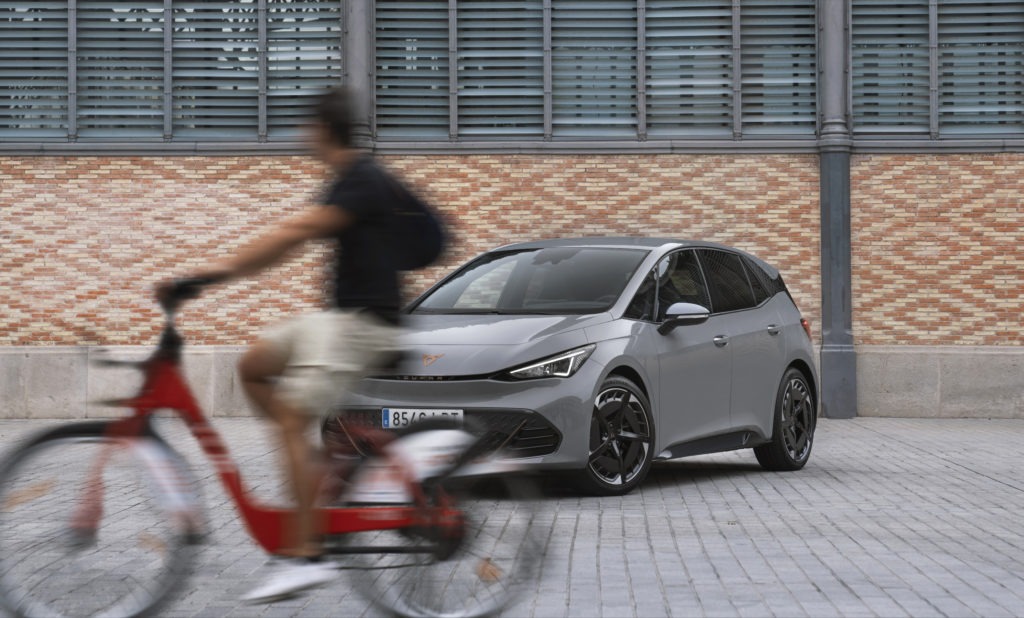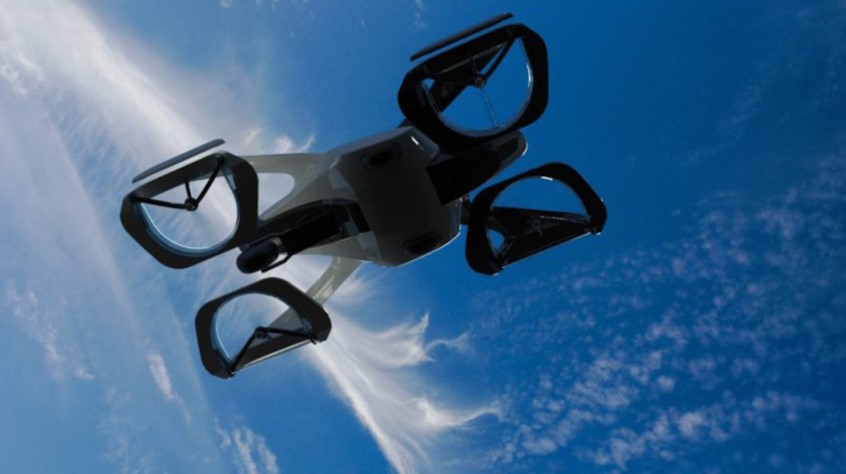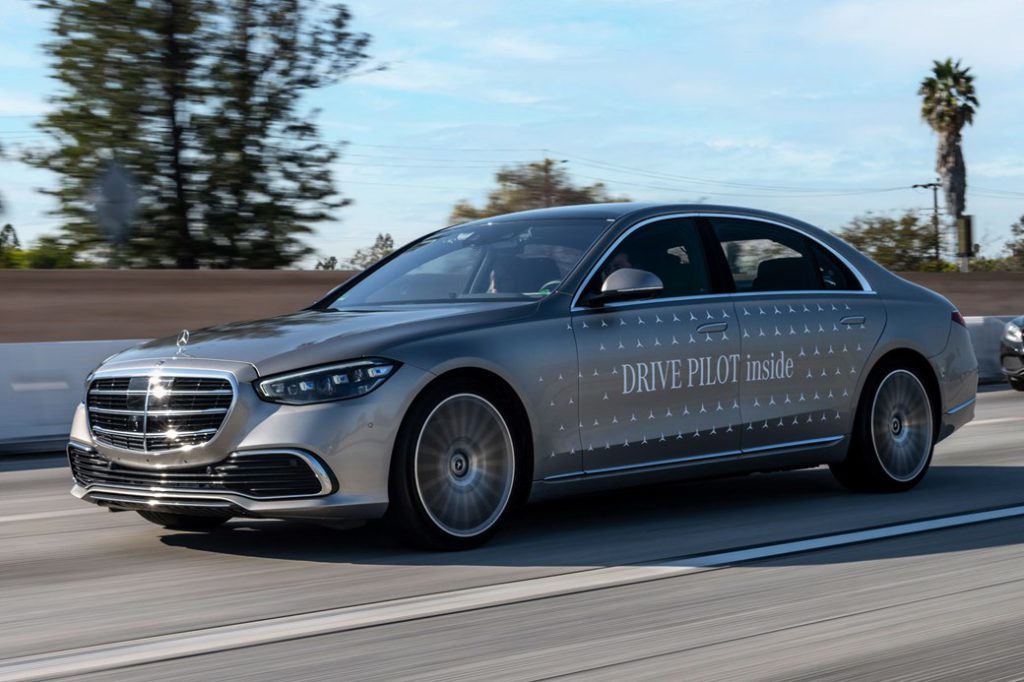Cupra’s vehicle safety features highlight new automotive opportunities
21 April 2022

The future of the automotive market is electrified, but this could be a problem for vulnerable road users. Electric motors are silent, giving pedestrians and cyclists little audible warnings of traffic approaching, creating possibly dangerous situations.
To this end, all electric vehicles (EVs) must be equipped with an Acoustic Vehicle Alerting System (AVAS) to alert vulnerable users of their presence. This needs to be emitted when the car is travelling at less than 12mph (20kph), creating a distinctive electric-vehicle sound. Spanish carmaker Cupra, however, is increasing the application of this to speeds above 25mph for its Cupra Born.
The sound of silence
Cupra has developed its AVAS sound to ‘encapsulate the spirit’ of the brand, reflecting the sporty nature of the model. The carmaker hopes this will not only distinguish it from other road users, but help identify the vehicle amongst the myriad of other models coming to the EV market.
The carmaker’s plans for a distinctive electric-vehicle sound highlights the possibilities opening up to car manufacturers when it comes to vehicle development. No longer are they constrained by the sound of petrol or diesel engines, instead carmakers can develop sounds bespoke to their brands. BMW is another company working in this field, having teamed up with film composer Hans Zimmer to create audio for its EV models.
While this is a new exercise in branding, it also creates a new aspect around vehicle safety, alerting pedestrians and cyclists to the presence of vehicles. Yet the market must ensure the sounds do not become too complex, or that the potential curiosity they may cause could create distractions amongst vulnerable road users, leading to further dangerous situations.
Increase in safety
The Born is also equipped with a suite of additional advanced driver-assistance systems (ADAS) designed to protect vulnerable road users and increase vehicle safety. For example, Front Assist with emergency braking is capable of detecting both pedestrians and cyclists, as well as other vehicles.
If the system detects an imminent collision with a cyclist or pedestrian, it will first provide visual and audible warnings to the driver. Then, if the driver fails to brake in time or with insufficient effort, maximum braking is automatically applied. The system is able to detect vulnerable road users crossing the road, travelling along the side of the road, and those that cross from behind an obstacle view such as a parked car. The system also works at night.
Exit-warning technology works by providing visual and audible alerts to vehicle occupants about to vacate the vehicle. The system detects if another road user is passing the vehicle as an occupant goes to open a door. This technology has the potential to significantly reduce the number of cyclist ‘car-dooring’ incidents.
These systems are likely to become increasingly commonplace within the automotive market in the coming years, as new regulations and recommendations over vehicle safety are brought in by governments, meaning the industry of the future will be safer than ever before.



